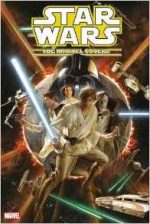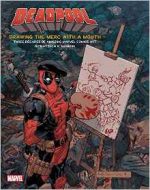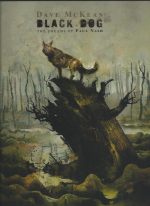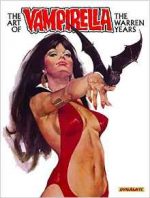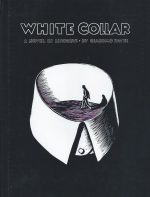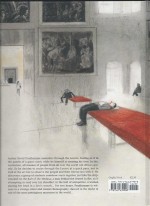
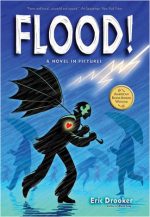
By Eric Drooker (Dark Horse)
ISBN: 978-1-61655-729-4 (HB) Â Â Â Â Â Â Â Â Â Â Â Â Â Â Â Â Â Â 978-1-59307-676-4(PB)
Win’s Christmas Gift Recommendation: A Book to Truly Immerse Yourself In… 9/10
In the comics biz it’s not too often that something truly different, graphically outstanding and able to subvert or redirect the medium’s established forms comes along. Moreover,
when it does, we usually ignore it whilst whining that there’s nothing fresh or new in view.
Happily that’s not what happened with Eric Drooker’s Flood! – A Novel in Pictures when in was first released in 1992. A New York City native, Drooker is a legendary left-leaning activist, thinker and creator of street art who attended Downtown Community School in the East Village and studied sculpture at Cooper Union before becoming a designer and illustrator.
His covers for The New Yorker are unforgettable, as are his ferociously expressive, eye-catching pieces in The Wall Street Journal, Heavy Metal and World War 3 Illustrated. His drawings and paintings – especially from his graphic novels – have been used in videos for Faith No More and Rage Against the Machine whilst the animated film Howl was the culmination of his extensive collaboration with the poet Allen Ginsberg (Illuminated Poems, Howl: a Graphic Novel).
Drooker’s political stance and creative influences make his pictorial narratives such as Blood Song: a Silent Ballad both contentious and greatly favoured by a readership ranging far beyond the usually cloistered and comfortable confines of the regular comics community.
He has won an American Book Award, Inkpot and Firecracker Award and the artwork for Flood! has been inducted into the Prints & Photographs Division of the Library of Congress.
Drawing on his earliest influences and following the Depression Era-traditions of artists and printmakers such as Frans Masreel, Lynd Ward, Otto Nuckel and Giacomo (please link to White Collar Sep. 28 2016) Patri, Drooker’s first graphic novel is produced in linocuts and spot-colour: consisting of three discrete sections or chapters created between 1986 and 1992.
These symbolic, spine-tingling observations and tumultuous progressions are generally dispensed without words as lone protagonists – or perhaps alienated, excluded victims – struggle to survive and find meaning in a world that just don’t care. The Man in View restlessly moves past centres of employment which shut down when you’re not looking, trudging cold, mean, directionless streets and alleys at the bottom of canyon-like skyscrapers or riding bleak subways while the pitiless skies look down and just keep spitting more and more rain…
Following a damning indictment of the modern world and warning of the social apocalypse to come from Luc Sante in his trenchant Introduction, the journey into oblivion begins with ‘Home’ as a simple worker discovers he’s no longer wanted and slowly makes his way back to the little he still possesses, and sees the city and his life in a new way…
That peregrination takes him below the city in ‘L’: into the tunnels trains share with lost, abandoned and forgotten people reduced to their most primal elements…
‘Flood’ then takes us to a lonely garret where an artist and his cat toil to finish a treasured prospective masterpiece as the waters rise all around them. The deluge is here and everything’s about to change forever…
It’s time for one final excursion out into the drowning city…
This is a parable of immense depth and potency; made all the more effective by Drooker’s intense visualisations. We all know the sheer power of images over words, but they also impart greater liberty as the reader’s mind is free to attribute as much meaning to the narrative as their own experiences will allow. The result is sheer poetry – and possibly prophecy…
Flood! – A Novel in Pictures is into its fourth edition now (five if you count the eBook) and this latest release from Dark Horse is a deluxe (167 x 235 mm) hardback in black-&-blue-&white which also includes a revelatory conversation with the artist first seen in Comics Journal as a much longer ‘Interview with Eric Drooker’.
Conducted by Chris Lanier and supplemented with a superabundant wealth of sketches, full pages, roughs and illustrations it adds great insight to what has gone before and sets us up nicely for Drooker’s even better second work – Blood Song: a Silent Ballad…
Scary, beautiful and irresistibly evocative, this is a dream vision you must see and will always remember.
Text and illustrations of Flood! – A Novel in Pictures © 1992, 2002, 2007, 2015 Eric Drooker. All rights reserved. Introduction © 2001 Luc Sante. Comics Journal interview used with permission.

